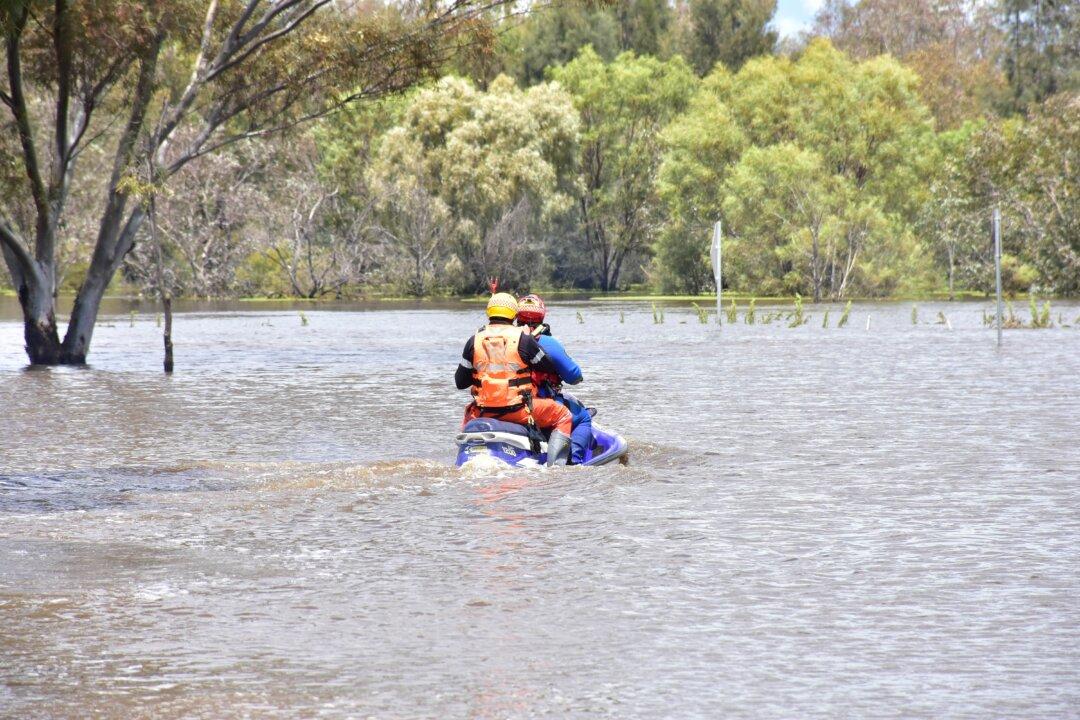NSW Premier Gladys Berejiklian is urging people with even the mildest symptoms to come forward for COVID-19 testing over the weekend as the state’s coronavirus restrictions are eased.
The changes to restrictions from May 1 now allow up to two adults and their dependent children to visit another household anywhere across the state.





